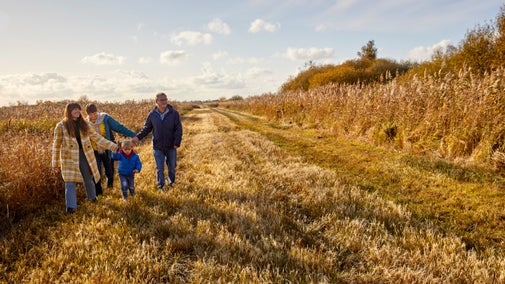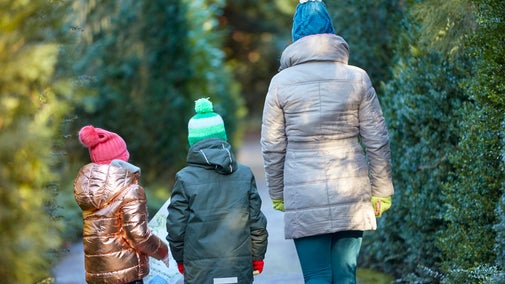Wicken Fen Adventurers' Trail
Cambridgeshire
This 3-mile trail explores a varied landscape of reed beds, open water and wet grassland. Look out for dragonflies in summer and herds of Highland cattle and Konik ponies.
Start point
Wicken Fen National Trust visitor centre. Grid ref: TL563705Trail information
Safety
Take care near waterways and ponds.
Get in touch
Our partners

We’ve partnered with Cotswold Outdoor to help everyone make the most of their time outdoors in the places we care for.
You might also be interested in
Wildlife at Wicken Fen
Wicken Fen was the first nature reserve to be managed by the National Trust. Today it’s one of Europe's most important wetlands and home to over 9,000 species.

Outdoor activities at Wicken Fen
Explore the fens on two wheels or on foot. Enjoy an easy family ride to see Konik ponies or discover the wildlife in the wider reserve.

Eating and shopping at Wicken Fen
Visit the Docky Hut Café and try our freshly baked sausage rolls and hot snacks or buy a gift in the shop as a souvenir of your visit.

Walking
Explore some of the finest landscapes in our care on coastal paths, accessible trails, woodland walks and everything in between. Find the best places to walk near you.

Staying safe at National Trust places
The special places in National Trust care sometimes come with a few risks for visitors, be it coastline or countryside. Find out how to keep safe throughout your visits.

Follow the Countryside Code
Help to look after National Trust places by observing a few simple guidelines during your visit and following the Countryside Code.

Cotswold Outdoor: our exclusive walking partner
Learn about the National Trust’s ongoing partnership with Cotswold Outdoor. Find out how they help us care for precious places and the exclusive discount available for National Trust supporters.

Walking in Cambridgeshire
From peaceful strolls through the Victorian garden at Peckover House to wetland wanders at Wicken Fen, these are some of the best walks in Cambridgeshire.




